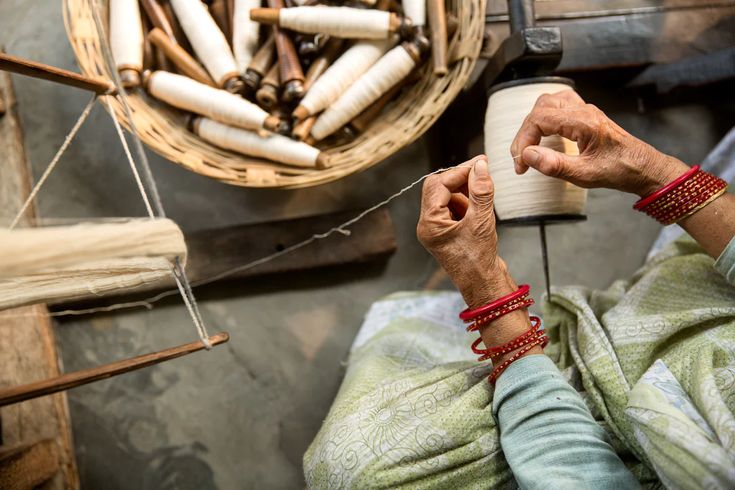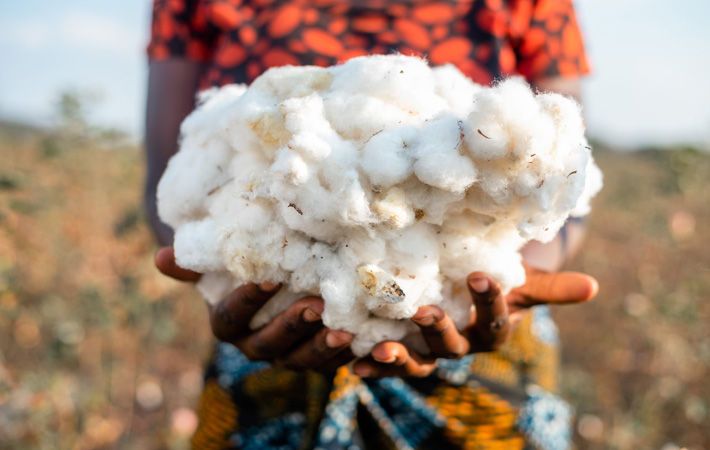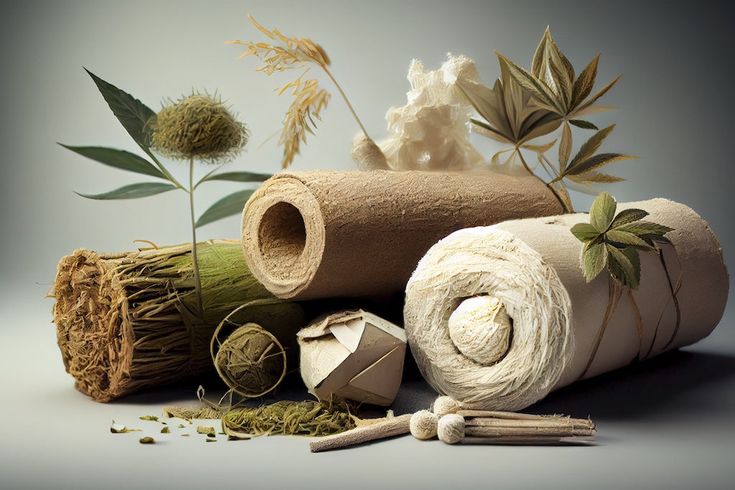
The Importance of Preserving Traditional Crafts
In today's fast-paced world, where technology and innovation are constantly evolving, traditional crafts are often overlooked and undervalued. However, protecting traditional crafts is essential for maintaining cultural heritage, promoting sustainability, and supporting local communities.
Preserving traditional crafts is crucial because it safeguards our cultural identity, history, and artistry. Traditional garments are more than just clothes; they're vessels carrying the stories and expertise of skilled artisans. Each piece connects us to a shared past and guides us toward a more inclusive future. In this blog post, we'll explore the importance of preserving traditional crafts, with a focus on the beautiful art of ikat handloom weaving.
Why is Preserving Handloom Crafts Essential for the Environment?

In a world dominated by mass production and consumerism, traditional crafts are often undervalued and overlooked. Yet preserving these cherished crafts is vital for several reasons.
Cultural craftsmanship inspires creativity among today's designers and artists. Through studying these traditional methods, we can create innovative designs that honour the past. This blend of old and new leads to sustainable creations that utilise modern techniques while preserving traditional craftsmanship.
Traditional crafts are also essential for protecting a country's cultural heritage and identity. They represent the creativity, skills, and wisdom of past generations, serving as a bridge to our history and providing continuity. By conserving these crafts, we maintain our cultural identity and ensure future generations can learn from and cherish these time-honoured traditions.

The Significance of Ikat Handloom Craft
Ikat is a traditional textile craft that involves resist-dyeing and weaving techniques to create intricate, unique patterns. This ancient craft has been practised for centuries in various parts of the world, including India, Indonesia, and Central Asia. Ikat handloom weaving is not only a testament to the skill and craftsmanship of artisans but also a reflection of the rich cultural heritage of these regions.
The Environmental Benefits of Preserving Handloom Crafts



Maintaining these handloom crafts has numerous environmental benefits that contribute to a more sustainable and eco-friendly textile industry. Some of the key benefits include:
- Reduced Carbon Footprint: Handloom weaving is a low-energy process that relies on human skill and labour, reducing the carbon footprint associated with textile production.
- Use of Natural Fibres: Handloom crafts often use natural fibres like cotton, silk, and wool, which are biodegradable and require less chemical treatment than synthetic fibres.
- Minimal Waste: Handloom weaving generates minimal waste, as artisans often use every scrap of fabric to create beautiful, unique textiles.
- Sustainable Dyeing Practices: Many handloom artisans use natural dyes or eco-friendly dyeing practices, reducing the environmental impact of textile production.
- Local Sourcing: Handloom crafts often involve local sourcing of materials, reducing transportation-related emissions and supporting local economies.
- Longer Product Lifespan: Handloom textiles are often made with high-quality materials and craftsmanship, resulting in longer product lifespans and reduced waste.
- Reduced Chemical Use: Handloom crafts typically involve minimal chemical use, thereby reducing the environmental impact of textile production and promoting a healthier environment for both artisans and consumers.
- Supporting Craftspeople: Preserving handloom crafts supports sustainable livelihoods for artisans and their communities, promoting economic development and cultural heritage.
The Sustainability of Ikat Handloom Craft

Ikat handloom weaving is a sustainable craft that promotes eco-friendly practices in several ways:
- Use of natural fibres: Ikat weaving often utilises natural fibres, such as cotton, which is biodegradable and requires less chemical treatment than synthetic fibres.
- Low energy consumption: Handloom weaving is a low-energy process that relies on human skill and labour, reducing the carbon footprint associated with textile production.
- Minimal waste: Ikat weaving generates minimal waste, as artisans often use every scrap of fabric to create beautiful, unique textiles.
- Support for local communities: By preserving ikat handloom craft, we can support local communities and promote fair labour practices.


These crafts symbolise the creativity, skills, and knowledge of past generations, serving as a link to our history and providing a sense of continuity. By valuing and preserving these crafts, we maintain our cultural identity, allowing future generations to learn from and cherish these ancient traditions. By sustaining these handloom crafts, we can promote sustainable textile production, reduce environmental impact, and support local communities.



